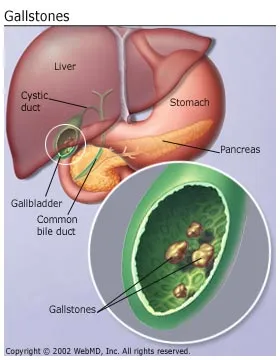Thoracic outlet syndrome (TOS) is a condition whereby symptoms are produced (such as numbness in fingers, pain in shoulder, arm, and neck) due to compression of nerves and/or blood vessels in the upper chest. The passageway for these nerves and blood vessels to exit the chest and supply the upper extremities is referred to as the thoracic outlet. Muscle, bone, and other tissues border the thoracic outlet. Any condition that results in enlargement or movement of these tissues of or near the thoracic outlet can cause the thoracic outlet syndrome. These conditions include muscle enlargement (such as fromweight lifting), injuries, an extra rib extending from the neck (cervical rib), weight gain, and rare tumors at the top of the lung. Often no specific cause is detectable.
Thoracic outlet syndrome is a condition whereby symptoms are produced from compression of nerves or blood vessels, or both, because of an inadequate passageway through an area (thoracic outlet) between the base of the neck and the armpit.

Thoracic outlet syndrome symptoms include
- neck pain,
- shoulder pain,
- arm pain,
- numbness and tingling of the fingers, and
- impaired circulation to the extremities (causing discoloration).
What causes thoracic outlet syndroms?
An inadequate passageway for nerves and blood vessels as they pass through an area (thoracic outlet) between the base of the neck and the armpit causes thoracic outlet syndrome. This can be constant or intermittent. Thoracic outlet syndrome can be caused by weight lifting, obesity, tumors in the chest, and extra ribs extending from the seventh cervical vertebra at the base of the neck.
What are thoracic outlet syndrome risk factors?
Risk factors include occupations that involve heavy usage of the upper extremities against resistance, including jack-hammer operators and dental hygienists, weight lifting, pregnancy, and obesity. Any condition that causes encroachment of the space for the brachial plexus at the thoracic outlet can lead to thoracic outlet syndrome, including poor posture.
What are thoracic outlet syndrome symptoms and signs?
Symptoms include neck, shoulder, and arm pain, numbness in the fingers, or impaired circulation and flushed sensations to the extremities (causing discoloration). The involved upper extremity can feel weak. Often symptoms are reproduced or worsened when the arm is positioned above the shoulder or extended. Patients can have a wide spectrum of symptoms from mild and intermittent to severe and constant. Pains can extend to the fingers and hands, causing weakness.
What types of doctors treat thoracic outlet syndrome?
Doctors who treat thoracic outlet syndrome include general physicians, such as general-medicine doctors, family medicine doctors, and internists, as well as rheumatologists, physical-medicine doctors, and chest surgeons.
What is the prognosis for thoracic outlet syndrome?
Most people with thoracic outlet syndrome can have complete resolution of symptoms with conservative measures, including exercises specific for thoracic outlet syndrome, physical therapy, and avoiding stressing the tissues of the thoracic outlet. It can be helpful to avoid sleeping with the arms extended above the head. Rarely, surgical intervention can be necessary to take pressure off of involved nerves and blood vessels. Complications include embolization to the hand and nerve damage to the extremity involved.
Is it possible to prevent thoracic outlet syndrome?
It’s possible to prevent thoracic outlet syndrome by maintaining relaxed tissues of the upper chest. This can involve prevention exercises, stretches, and therapies designed to loosen the tissues around the shoulders and neck.




